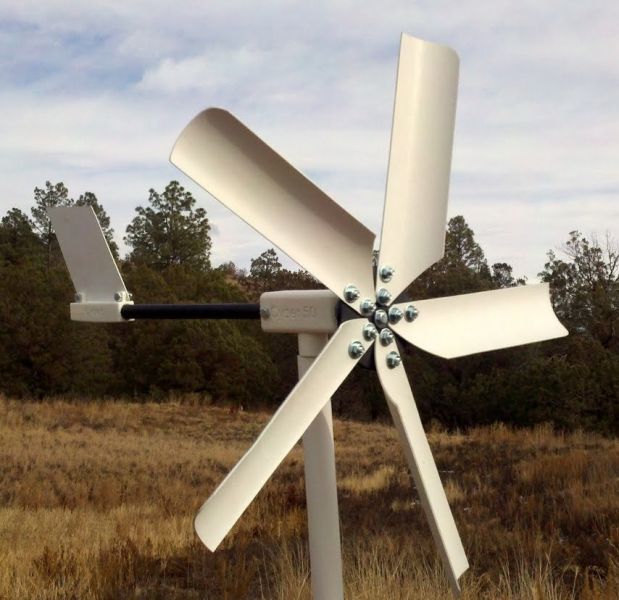

The typical lifetime of an old wind farm is 20 years, although there are projects in the EU that have been operating for more time. Operation costs on the other hand are very small compared to fossil fuel technologies where as much as 40-70% of costs are related to fuel and operation and maintenance (O&M) for their entire lifetime. Basic cost of wind energyĪpproximately 75% of the total cost of energy for a wind energy project is related to upfront costs such as the cost of the wind turbine, foundations, electrical equipment and grid connection. Managing successfully the transition period to 2030 will make or break the EU’s ability to fulfil its long-term energy system vision. Deployment scale, innovative technologies and upgraded energy infrastructure will be necessary if the EU is to achieve its goal of a fully decarbonized energy system by 2050. Maintaining a calendar of regularly scheduled auctions can best provide the visibility to sustain cost reductions, and ensure fair competition.Īuctions will be a building block to reach the EU’s decarbonisation goals. But decisions to invest in factories, test facilities, logistics, skills development, research and innovation rely on multiple projects moving to construction over several successive years. Individual projects rely on the available regulatory framework at the time of the investment decision. *20 values for Germany are weighted averages of non zero-subsidy bids in each auction roundĭeploying wind energy via regularly scheduled auctions is critical to maintain a competitive industrial base. *2014 prices in the Netherlands and Germany are Feed-in-tariffs, Average strike prices in auctions for offshore wind energy* Nonetheless, these “zero-subsidy” bids are possible only for some developers in some markets, not least where governments take on and manage a share of the project risk. And the latest German and Dutch offshore auctions were awarded to build projects without public financial support. Offshore wind is not far behind – auction strike prices suggest that costs have fallen 60% in three years. Average strike prices in auctions for onshore wind energy Despite the differences in the duration and pricing mechanisms, onshore wind is consistently being awarded capacity between €34 and €70/MWh. In the last 6 years we have observed how cheap wind energy really is. Most European countries have moved to award support mechanisms for renewable energy through auctions. Source: BNEF Auction results show how cheap wind energy really is Levelised Cost of Electricity (LCOE) of major power generation technologies in Europe Offshore wind is on a steady cost reduction pathway with expected costs of €64/MWh by 2020 and €60/MWh by 2025 depending on projects pipeline. When taking into consideration pollution costs and subsidies, which are not included in LCOE estimations, onshore wind is by far the cheapest generation source in majority of places in Europe and the world. Unsubsidized onshore wind energy is cheaper than any other energy source, including conventional power generation sources such as coal and gas.Īccording to the Bloomberg New Energy Finance data, the levelised cost of electricity (LCOE) of onshore wind in Europe ranges from $58 (€50) to $76 (€65)/MWh in H1 2018.

Wind energy is today the cheapest source of electricity generation in majority of places in the world. Wind energy is the cheapest source of electricity generation


 0 kommentar(er)
0 kommentar(er)
